Bardolino is a charming coastal village located on the eastern side of Lake Garda, in the province of Verona. Its namesake wine region is a DOC (Denominazione di Origine Controllata) that received its status back in 1968. It produces red blends, rosés and a few sparkling wines. The assortment of grapes is principally indigenous: Corvina, Molinara and Rondinella. The same triad is used in the famed Valpolicella blends in the region just east of Bardolino, but in different proportions. Corvina tends to be the backbone of the blends, with Rondinella functioning as cornerstone of complexity with energetic acidity and bright fruit, rounded up by fragrant Molinara and occasionally Sangiovese or other grapes.
Most Bardolinos are aged in stainless steel, some in oak; but for a relatively short time. Small, independent producers make up about a third of Bardolino’s wine production, the rest are large wineries and cooperatives.
Chiaretto, a rosé version of Bardolino, production has been thriving in the last few years, thanks to a massive shift in the area’s wine-making mentality.
Flat and fertile, with a great diversity of well-drained soils, Bardolino once upon a time, shined brightly on the global scene. In the late 19th, and early 20th century, Bardolino wines were sold as prestigious wines across Europe. Subsequently, Bardolino, along with Valpolicella and Soave were popular exports to the US. During the ‘50’s all the way through to the ’80’s, the US market absorbed a large share of the production. Sometime in the ‘70’s that trend began to decline, aided by large cooperatives over-producing subpar product. The underwhelming wines were no longer competitive in the rapidly evolving world-wide market. After stumbling for a few of decades by making unremarkable, only quaffable, often oxidized wines, Bardolino is finally experiencing a Renaissance.
What sparked this rebirth, to a great extent, was a rise in popularity of rosé wines in Europe in general. French rosé consumption went through the roof, other countries soon followed. Chiaretto rosé, became an instant hit in Italy and Germany. Made in an off-dry style, it is easy to consume, inexpensive and highly accessible.
Bardolino has re-discovered its origins and identity, with the new-found vigor for authenticity. Bardolino vintners sought to produce their Corvina different from that of Valpolicella, since their region presented dissimilar style of fruit. That is when the “rosé revolution” took hold. The region that previously leaned heavily towards red, now makes twice as much rosé as before.
In the late 2000s, Bardolino began the return to its roots. Enter Angelo Peretti, a well-known writer, publisher, wine and gastronomic expert, passionate wine collector and a perfect regional ambassador. A man of many talents, he grew up in Bardolino and witnessed the region’s decline first-hand. In 2008, he was asked to rescue Bardolino from its forty-year old slump. He devised a plan of making lighter wines with an emphasis on native grapes. He knew that it was feasible to craft high-quality wines and not worry about their color. Instead, he focused on expressing Bardolino’s ninety plus soil types. He believed that climate and soil diversity yields three highly identifiable areas that produce wines with unique flavor profile—North, South and the vineyards closest to the mountains. This was a risky strategy; the producers were nervous that these wines would not sell.
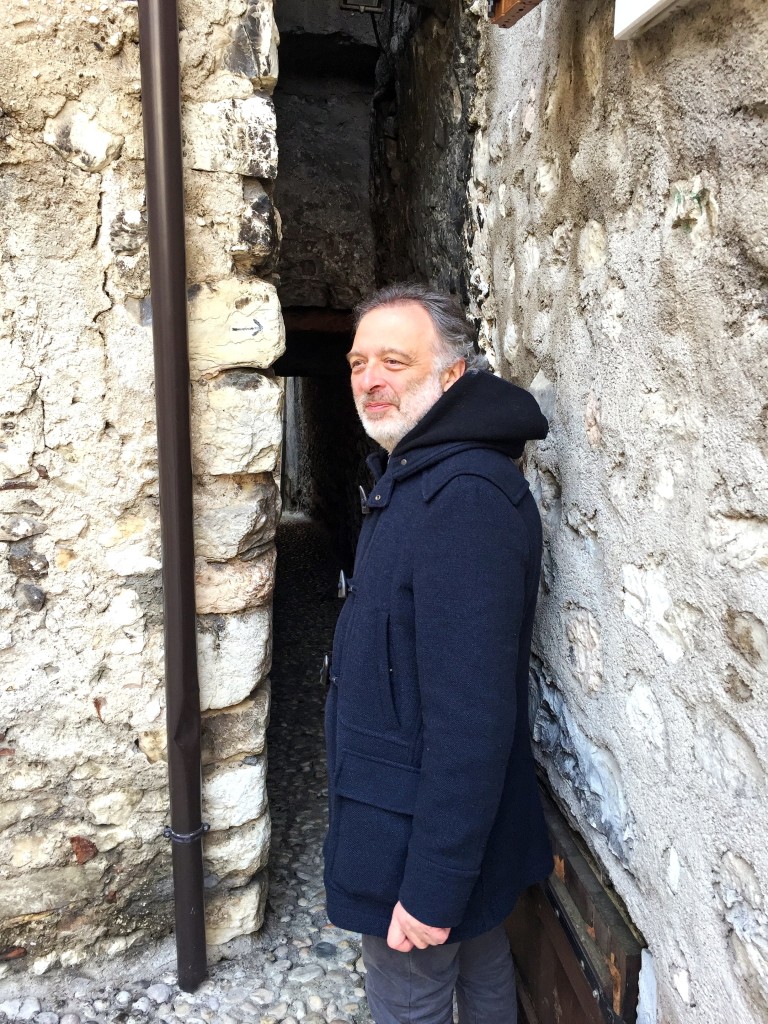
Going back to the roots of the region’s original success yielded astounding results, with dramatically increased sales and 75% of the wines being exported. Just a few short years back, Angelo lamented not being able to find a good Bardolino to submit to the prestigious Gambero Rosso. Now, its 100 producers are, once again, making wines that reflect the region’s true identity.
It turns out that Bardolino was ready for a change, and the consumers responded with enthusiasm to wines that are elegant, lighter in style, with good acidity; all of which the area’s grapes can easily deliver. In the end, the Italian rosé revolution continues to be a big success. Clearly, rosé with a purpose has found favor across Italy and elsewhere. Chiaretto wine production has quadrupled in the last few years, whereas red Bardolino numbers remained steady.
Chiaretto is best served lightly chilled, a la Beaujolais. It is an easy to consume—watch out or you may not stop at a single bottle!
Bardolino can age very well. During my visit, Angelo graciously offered several wines from his own cellar. They were a revelation; a validation of everything I learned during the trip. Not only they did the age well, many were still youthful and all delicious.
Bardolino’s bold move of banking on regional identity and producing complex, age-worthy wines has, and will, continue to pay off. This path honors both the consumer and the producer. Bravo to that!

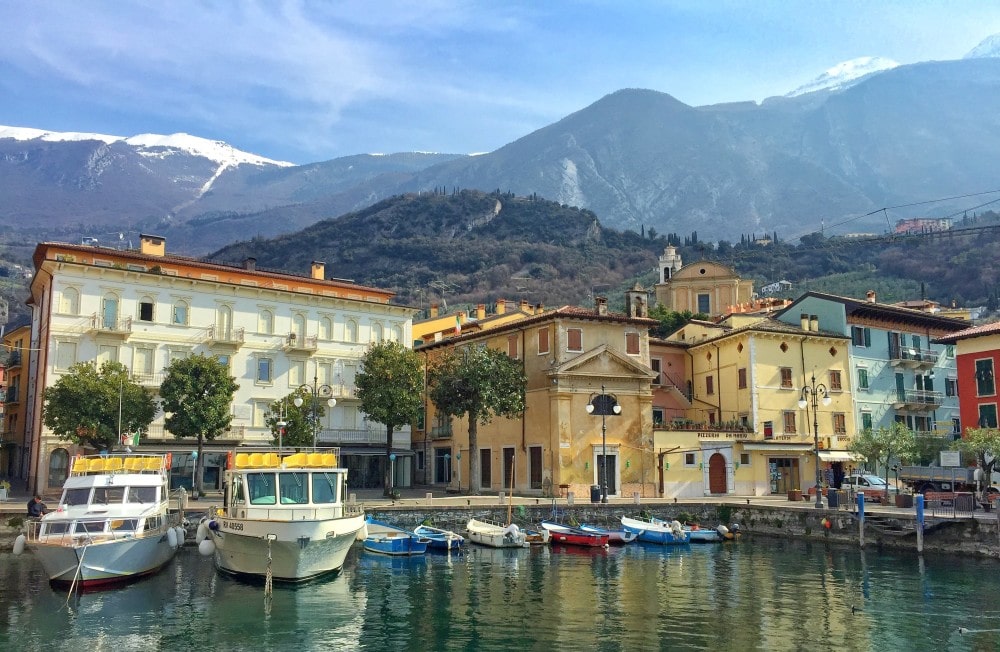
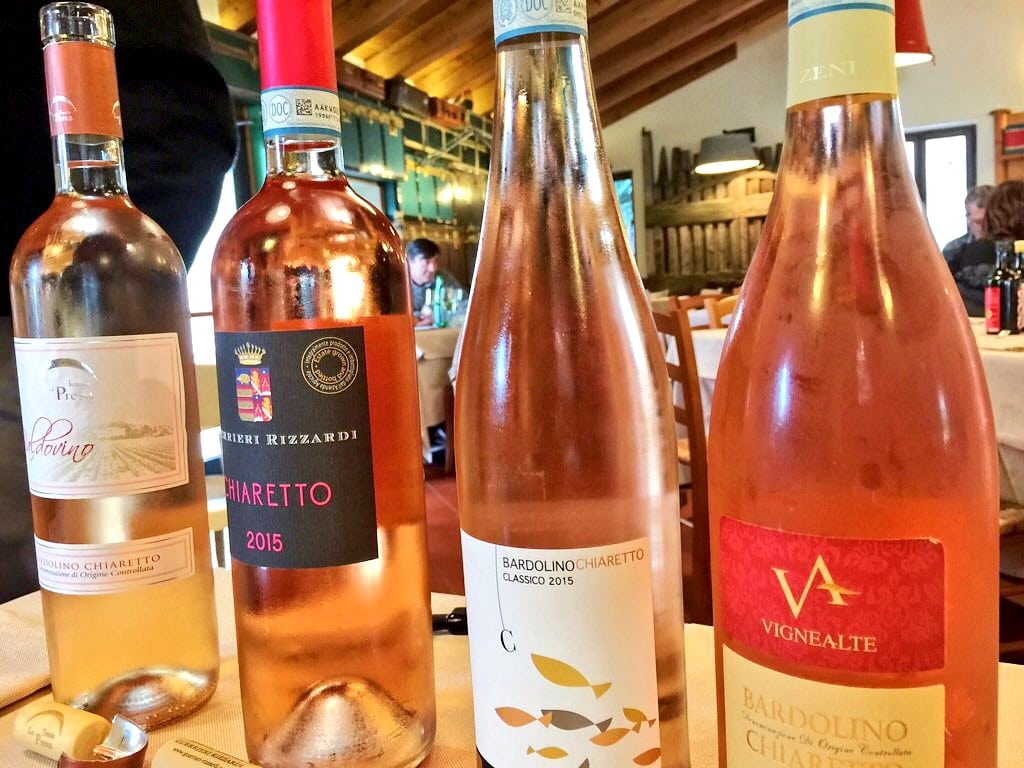

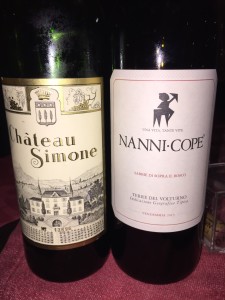
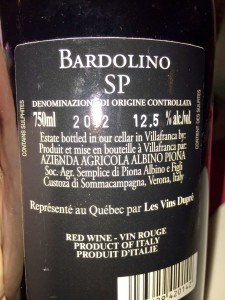
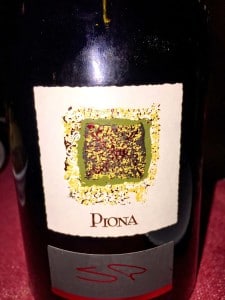
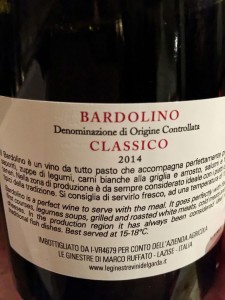
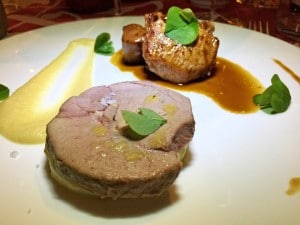
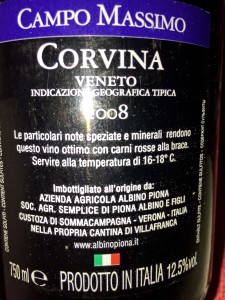
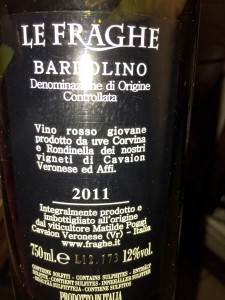
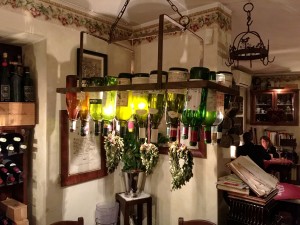
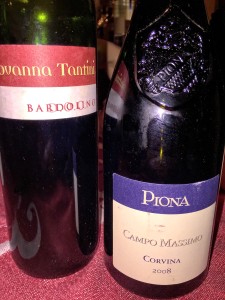
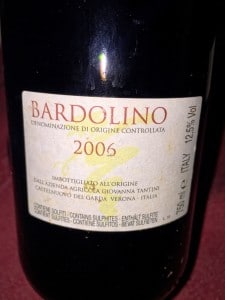
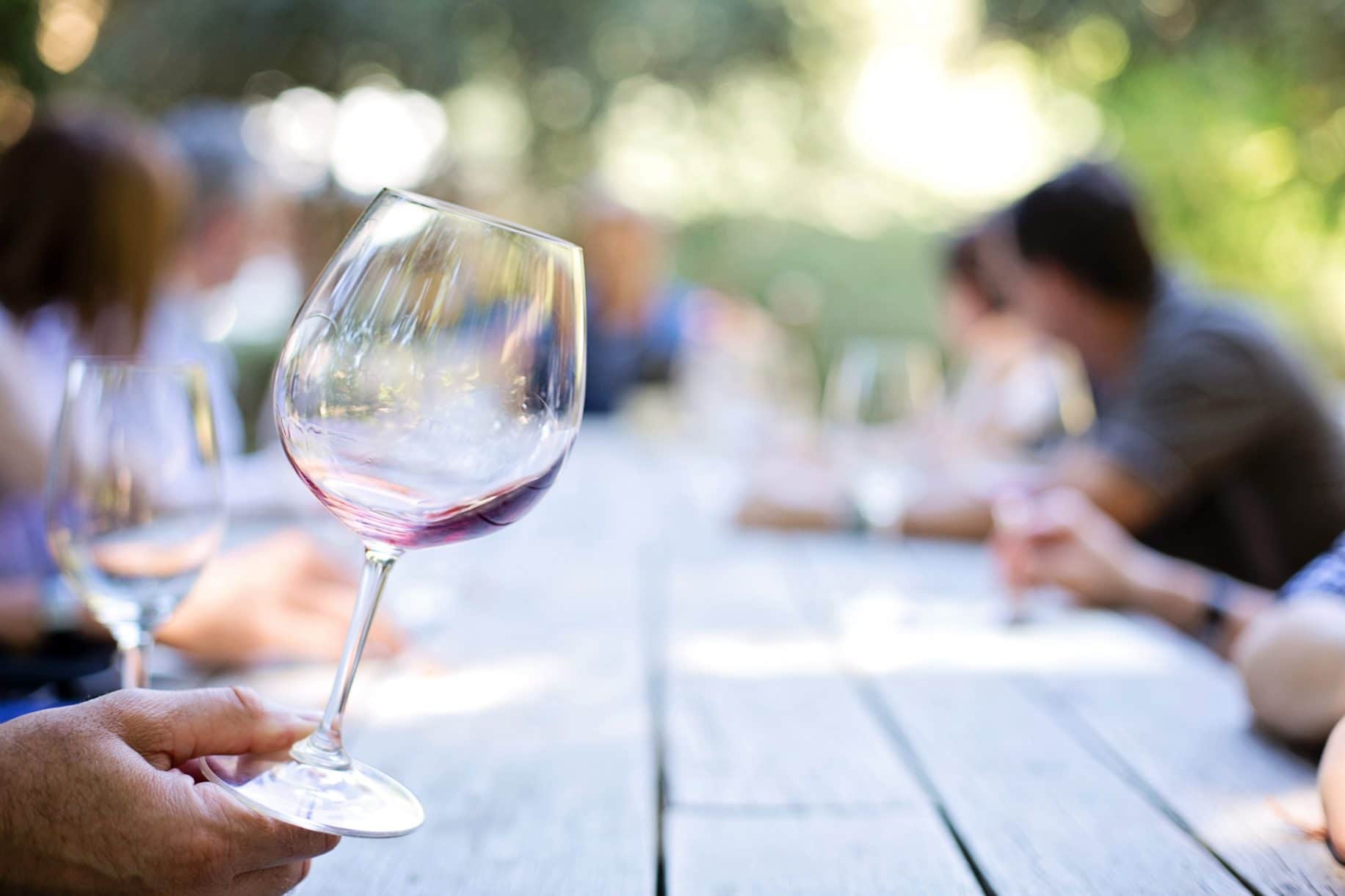

You must be logged in to post a comment.